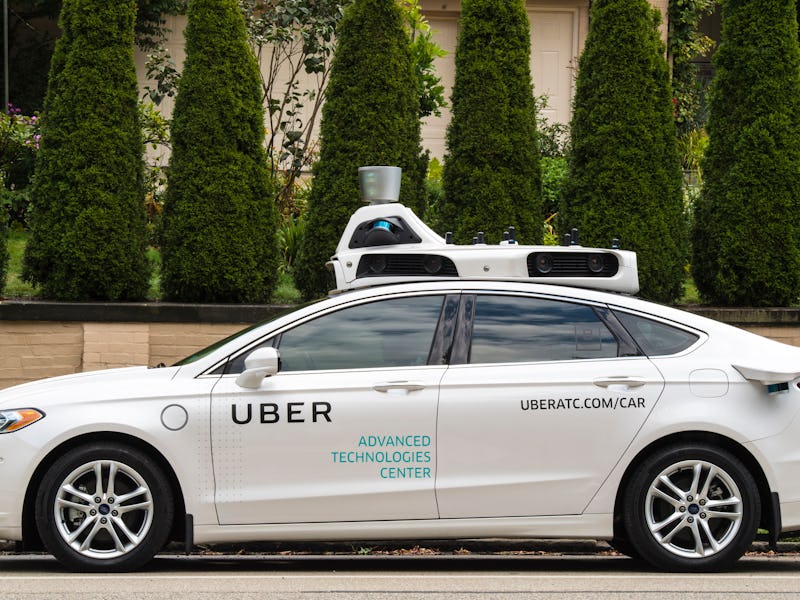Uber laid off its self-driving car operating team in Pittsburgh, Pennsylvania, this week. The move is the latest in a string of changes to its autonomous car efforts, following a fatal crash in Tempe, Arizona in March.
Quartz reported on Wednesday that 100 autonomous vehicle operators were called into a meeting to inform them that they were being laid off. The company confirmed to Inverse that this week’s decision was borne out of changes to its operational needs. Affected operators will be able to apply for one of approximately 55 new mission specialist positions that focus on more advanced road and test track operation. The nature of the changes means the company requires different types and fewer operational roles.
The move follows March’s fatal crash in Tempe, Arizona, when a Volvo sports utility vehicle struck 49-year-old Elaine Herzberg at 10 p.m. at 38 mph. A human was present in the driver’s seat, but failed to disengage the autonomous system before the crash. The incident shocked the industry, and Uber immediately paused its autonomous car efforts after the collission.
While the company plans to return to the public roads, it will be in a more limited capacity. Uber has a goal of resuming its operations in Pittsburgh this summer.
“Our team remains committed to building safe self-driving technology, and we look forward to returning to public roads in the coming months,” an Uber spokesperson tells Inverse.
The company’s plans to return to Pittsburgh’s roads this summer drew strong criticism from mayor Willian Peduto in May, who said he “made it clear to Uber officials after the Arizona crash that a full federal investigation had to be completed, with strong rules for keeping streets safe, before I would agree with the company to begin testing on Pittsburgh streets again.” Peduto also said he was not informed about the decision before its announcement, which Uber rebutted:
Pittsburgh served as the testbed for Uber’s early autonomous efforts, confirming that it hit the roads in May 2016. The company opened its service to passengers in September of that year to great fanfare.
The mayor’s statement in May listed a number of conditions before Uber could return to the city’s roads. These include a commitment to never exceed 25 miles per hour on any city street regardless of actual speed limit, and that the driver app should alert humans when the car is exceeding this limit.
Danny Paez contributed to this report.
